- News
- Reviews
- Bikes
- Components
- Bar tape & grips
- Bottom brackets
- Brake & gear cables
- Brake & STI levers
- Brake pads & spares
- Brakes
- Cassettes & freewheels
- Chains
- Chainsets & chainrings
- Derailleurs - front
- Derailleurs - rear
- Forks
- Gear levers & shifters
- Groupsets
- Handlebars & extensions
- Headsets
- Hubs
- Inner tubes
- Pedals
- Quick releases & skewers
- Saddles
- Seatposts
- Stems
- Wheels
- Tyres
- Tubeless valves
- Accessories
- Accessories - misc
- Computer mounts
- Bags
- Bar ends
- Bike bags & cases
- Bottle cages
- Bottles
- Cameras
- Car racks
- Child seats
- Computers
- Glasses
- GPS units
- Helmets
- Lights - front
- Lights - rear
- Lights - sets
- Locks
- Mirrors
- Mudguards
- Racks
- Pumps & CO2 inflators
- Puncture kits
- Reflectives
- Smart watches
- Stands and racks
- Trailers
- Clothing
- Health, fitness and nutrition
- Tools and workshop
- Miscellaneous
- Buyers Guides
- Features
- Forum
- Recommends
- Podcast
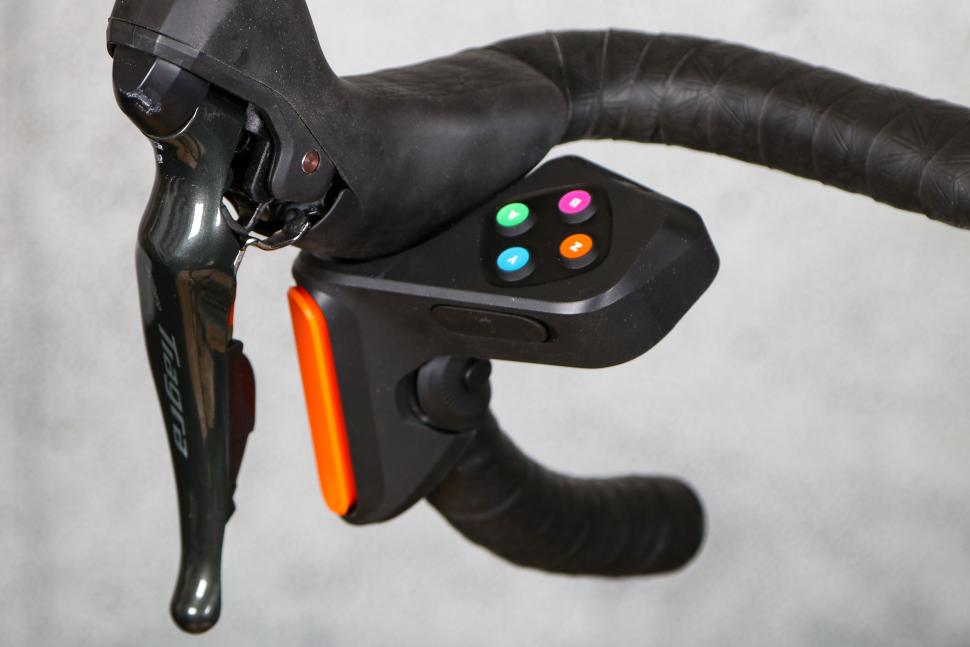 Zwift Play
Zwift Play£149.00
VERDICT:
Useful controllers for most of the functions in Zwift that do away with the need to keep a keyboard within reach
Easy to fit
Wide range of functions
Good battery life
Brake/steering paddle a bit vague
Slow to pair
Can't turn braking off
Weight:
226g
Contact:
At road.cc every product is thoroughly tested for as long as it takes to get a proper insight into how well it works. Our reviewers are experienced cyclists that we trust to be objective. While we strive to ensure that opinions expressed are backed up by facts, reviews are by their nature an informed opinion, not a definitive verdict. We don't intentionally try to break anything (except locks) but we do try to look for weak points in any design. The overall score is not just an average of the other scores: it reflects both a product's function and value – with value determined by how a product compares with items of similar spec, quality, and price.
What the road.cc scores meanGood scores are more common than bad, because fortunately good products are more common than bad.
- Exceptional
- Excellent
- Very Good
- Good
- Quite good
- Average
- Not so good
- Poor
- Bad
- Appalling
If you spend a lot of time on Zwift then the Zwift Play controllers can replace nearly everything you'd need a keyboard to do, and they also cover some other functions, some of which are useful, some currently less so. For heavy users, and for people who want to dive into steering and virtual shifting, they make a lot of sense. They're not perfect, though, and I had are a few niggles with the current implementation. If you've yet to experience the delights of Zwift, check out our review.
Zwift Play is a pair of controllers that fit under your brake levers/shifters and they give you access to nearly all of the game controls. On each controller there's a four-button keypad (colours/letters on the right, cursors on the left) that sits inboard of the bend between the hoods and the tops. Underneath the lever there are two further controls: a rocker switch that you can push in towards the stem or out the other way, and another long button that does different things depending on your setup, and what you're doing in the game.
> Buy now: Zwift Play for £99 from Zwift
Fitting the Zwift Play controls to drop bars is simple: make sure they're charged up via the USB-C port, and drag the silicone strap around to secure them under your shifter. They're designed for drop bars and work with most shifters, although Campagnolo shifters with a thumb paddle won't work because it's in the way of the keypad.
Spacers are included for thin bars, but more likely you'll be wanting to find space, not fill it. With the Zwift Play controllers mounted below my 11-speed SRAM Force levers and the lever reach dialled all the way out, there was enough room to access the rocker, but not loads. If you're struggling for room you could strip the tape from that part of the bar to give yourself a bit more room. Excuse the state of the shifters on my turbo bike, by the way!
When you start Zwift and fire up the controllers using the light-up Z buttons, the game will find them and allow you to connect. Having said that, given that this is a specific piece of Zwift hardware designed to be used solely with the game, it's a pretty slow process. The Play controllers are always the last thing to connect when I sign on. But connect they do, and then you can go and get riding. So, how do you use them?
Using the Zwift Play controllers
There's a ready-reckoner of all the controls on the Zwift website, but basically the Play controllers are designed to replace the use of a keyboard in-game, and for the most part they do. You can use the cursor keypad and the green (select) and pink (back) buttons to move around the Game UI and choose the type of riding you want to do.
Once you're riding you can call up the in-game action menu at the bottom of the screen with a click of the up arrow, which allows you to do things like change the camera position, take a photo, or skip an interval in workouts. A long press on the down arrow will do a U-turn, and a long press on the orange Z key will give a 'ride-on bomb' to nearby riders like you can from the Zwift companion app. A short press on the Z will return a ride on if someone's given you one; making that easy to do is a definite step forward. The blue button will deploy a powerup if you have one. Left and right cursors navigate menus and also allow you to choose your direction at junctions.
If you have a Zwift Hub trainer then the long side buttons give you access to the virtual gearing on the trainer. This is predominantly for users of the newer Zwift Hub One trainer that only has a single mechanical gear, but it does work on the geared trainer too, which can be a bit confusing. Anyway, the buttons are nice and big and accessible from the hoods and drops. They're certainly better than the small controller you get bundled with the Hub One. In a workout the side buttons control the intensity of the workout, so it's easy to tweak it if it's too hard or too easy. Again, making this easy to do is a real help.
The rocker button on each controller, or 'Analog Paddle' as it's officially known, controls steering and braking. If you rock the button away from the bike centre then your in-game bike will go that way, so rocking the left-hand button out will move the rider to the left. I say 'move' here rather than 'steer' because it's not exactly steering: if you don't steer you're not going to end up in a hedge or anything. Instead, steering sort of jumps you between virtual 'lanes' in the game, like that posh Scalextric set you always wanted for Christmas but your parents never bought you.
Because the controller is analog, in theory you can steer more or less, but that's at odds with the actual process of steering in Zwift, which is essentially digital: you're in one of the lanes (the number of lanes is dependent on the road) and you can switch to the other lanes, one at a time. I'd say that the implementation of the steering rocker is probably the weakest point of the Play controllers for me; the steering button could have been just that, a nice big tactile button that offers you some obvious feedback. The rocker is just a bit – and I hope this isn't too technical a term – wafty for my liking.
Steering isn't all the rocker does. Braking is accessed by pressing the rockers inwards, and currently doesn't really have any actual use. You don't need to brake in Zwift – you can take any corner on any map at any speed. Presumably Zwift has plans to introduce braking at some point, but for the time being it's kind of a placeholder function; currently there are no racing events scheduled that would utilise it. The only possible time you might want to access it is to stop for a quick bike change in a race that's moving from road to gravel, but that's very much an edge case.
At the moment the thing you're most likely to be doing with the braking is accidentally triggering it when you're trying to do something else, like grabbing the bars hard for an end-of-race sprint, or just trying to steer and pressing the rocker the wrong way. Both of these are annoying, and both potentially race-contention-ending if you're on the limit. Oddly, braking is turned off automatically for workouts, where it doesn't really matter, but kept on for races, where it does. The game needs a setting to disable braking until it's useful; that doesn't seem like the most onerous bit of development.
Another thing that would make the Zwift Play controllers better would be the ability to configure what the buttons do. That way you could assign steering to the long buttons if you don't need them for shifting, and turn the rockers off. Or you could have braking take effect only if you pressed both long buttons and keep steering on the rocker.
In the meantime, you'll have to learn not to accidentally brake, which for the most part I have, although in the heat of a race when you're chewing your stem or smashing out a sprint you're not always making good decisions or being very precise with your movements.
Zwift's aim is to make the Play controllers useful enough to replace your keyboard for all in-game controls, and for the most part it's been successful. For a normal ride or workout I can put the keyboard on the shelf once I've fired up the game, and everything else to the point that I exit the app can be done via the controllers. So that's very much a tick.
> Check out our video: a Zwift setup for every budget
The one part of the game that's not really compatible with the controllers is the in-game messaging. You really need a keyboard for that, or the companion app. I use the app on my bars, and speech-to-text so I don't have to type; it would be great to see a microphone included in a later version of the Play controllers, and similar functionality built into the game, but that's for down the road and it's not a deal-breaker here.
Zwift says the batteries in the Play controllers last for 20 hours, and I've had at least that out of a charge; probably it depends a bit on how much actual button pressing you're doing along the way. Charging is via a USB-C port with a cover to keep sweat out; the controllers don't have an IP rating because that doesn't cover sweat, which is what they're most likely to experience unless you like to do your static training outdoors in the rain. Anyway, testing has included a lot of people sweating all over them in a lot of situations; I haven't had any issues in testing.
Value & conclusion
In terms of value, and competition, well... we're in a similar kind of territory to the Wahoo Kickr Climb that I reviewed back in 2018. It's very much a case of: here's the thing, and you can make your decision about whether the thing is worth the money for you.
It's not like you can get a cheap knock-off Zwift in-game controller from Temu or the middle aisle of Lidl, and the controllers are proprietary to Zwift and its specific game environment so there's not much likelihood of any other options coming on to the market.
The rrp in the UK is £149, but up until now (and still currently) the Zwift Play has been reduced to £99. At full price it costs more than a year of Zwift, so it's a significant investment in the scheme of things. If you're spending lots of hours on the app over winter – and especially if you're racing, where steering will come into play more and more, or you have Zwift's Hub One trainer and want better virtual shifters – then you may think that's a price you're happy to pay.
It's a hard one to score for that reason, but overall I'd say the Zwift Play controllers are good, and if you're a heavy user of the app – which, after all, is who they're aimed at – then you'll definitely find them useful.
> Buy now: Zwift Play for £99 from Zwift
Verdict
Useful controllers for most of the functions in Zwift that do away with the need to keep a keyboard within reach
road.cc test report
Make and model: Zwift Play
Size tested: One Size
Tell us what the product is for and who it's aimed at. What do the manufacturers say about it? How does that compare to your own feelings about it?
From Zwift: "Zwift Play controllers put you in control of everything on Zwift from your handlebars and unlock new immersive gameplay, thanks to steering and braking controls.
"The Zwift Play experience is launching in beta and will be available at a discounted price while new gameplay features are rolled out. Get a taste of what's to come with the first of these new experiences, Repack Rush - a time trial with a twist."
Tell us some more about the technical aspects of the product?
From Zwift:
Control Zwift from your handlebars
Leave your keyboard behind and take complete control of Zwift with our new Bluetooth handlebar remotes. From menus and workout controls to route selection and Ride Ons–it's all at your command. Plus, you can even drop PowerUps straight from your bars.
Virtual Shifting
Virtual shifting works when paired with Zwift Hub by adjusting the trainer resistance to emulate a gear shift triggered by your Zwift Play controllers.
Steer and brake with ease
The Zwift Play Controllers offer real-time, responsive control right from your bike's handlebars. With modular steering and braking control, you can take your racing or group rides to the next level. Hit the apex of every corner, ride smooth pacelines, and use new tactics to get a gap.
Draft like a pro
Zwift Play makes it easy to find the perfect draft when riding with friends. Share the workload by drafting during group rides, and use this feature to achieve your fitness goals together.
New gamified experiences
Introducing Repack Rush, a hint at the type of experiences Zwift Play will bring in the future. Test your skill and speed with this thrilling time trial with a twist''race against the clock, snag boosts, and avoid obstacles with your Zwift Play controllers. Can you beat your previous PRs or ride your way to the top of the leaderboard?
Quick and easy setup
Easily attach Zwift Play to your road bike handlebars using the integrated silicone rubber strap for a secure fit. Spacers are included in the box, ensuring compatibility with even slim handlebars. Removal is also quick and easy.
Integrated rechargeable battery
Zwift Play comes equipped with an integrated rechargeable battery that boasts a long-lasting 20-hour battery life. Additionally, the provided cable allows for the simultaneous charging of both controllers while riding Zwift.
Cable-free connection
Zwift Play connects wirelessly to the Zwift App via Bluetooth.
Over-the-air firmware updates
Stay up to date with the latest Zwift Play firmware via the Zwift Companion app and over-the-air updates.
Rate the product for quality of construction:
8/10
They feel solid enough.
Rate the product for performance:
7/10
Good overall, some functions are better than others in my experience.
Rate the product for durability:
8/10
No issues thus far, I don't doubt they'll last.
Rate the product for comfort (if applicable)
7/10
If 'comfort' means 'ergonomics' in this instance, then they're pretty good.
Rate the product for value:
5/10
Hard to value really since they don't have any direct competition. They're not cheap at full rrp.
Tell us how the product performed overall when used for its designed purpose
Pretty well. Mostly they do the job of a keyboard and they make some things easier than ever.
Tell us what you particularly liked about the product
Easy to fit, wide range of functions, good battery life.
Tell us what you particularly disliked about the product
Brake/steering paddle is a bit vague, slow to pair, and you can't turn braking off.
How does the price compare to that of similar products in the market, including ones recently tested on road.cc?
This is it: you either get the Zwift Play controllers, or you don't.
Did you enjoy using the product? For the most part, yes.
Would you consider buying the product? Maybe
Would you recommend the product to a friend? For a heavy Zwift user, yes.
Use this box to explain your overall score
Overall: good. They do the job of replacing a keyboard well. I think the implementation of steering and braking isn't as good as it could be.
About the tester
Age: 50
I usually ride: whatever I'm testing... My best bike is: Kinesis Tripster ATR, Merida Scultura, Dward Design fixed
I've been riding for: Over 20 years I ride: Every day I would class myself as: Expert
I regularly do the following types of riding: road racing, commuting, touring, club rides, general fitness riding, fixed/singlespeed, Mountain Bike Bog Snorkelling, track
Dave is a founding father of road.cc, having previously worked on Cycling Plus and What Mountain Bike magazines back in the day. He also writes about e-bikes for our sister publication ebiketips. He's won three mountain bike bog snorkelling World Championships, and races at the back of the third cats.
Latest Comments
- chrisonabike 15 min 40 sec ago
*Adjusts tinfoil hat* They say it already happened, but it was Elon and the goal is to make drivers worse - and thus drive more sales of autonomous...
- stonojnr 20 min 6 sec ago
235.15° being the azimuth and 35.76° the elevation for the non astronomers....
- Rendel Harris 23 min 6 sec ago
Well it would be irresponsible enough if there were only cars and buses, if there are going to be "cars, buses and traffic" that's just suicidal...
- UnholyGoatFeet 32 min 53 sec ago
It's always the same... People who don't even ride bikes, are the one's crying about change too there precious roads. Let's not bother asking...
- Cycloid 36 min 59 sec ago
There are two British Standards for HiVis Garments BS EN 471 and BS EN 1150. The BS EN 1150 standard is designed for personal / leisure wear and is...
- OnYerBike 1 hour 39 min ago
The difference would be the administration of a (potentially) "noxious substance" (in the eyes of the law) to the thief....
- Hirsute 2 hours 27 min ago
Sure but you can use hire purchase, 0% finance, PCP and lease for arrangements - hence lease being a bit specific. Still 90% on some finance...
- GMBasix 2 hours 38 min ago
I get all faint from time to time. I do hope it doesn't happen when I've just got my keys out.
- Mybike 2 hours 56 min ago
Knowing the Orange man this might be true .


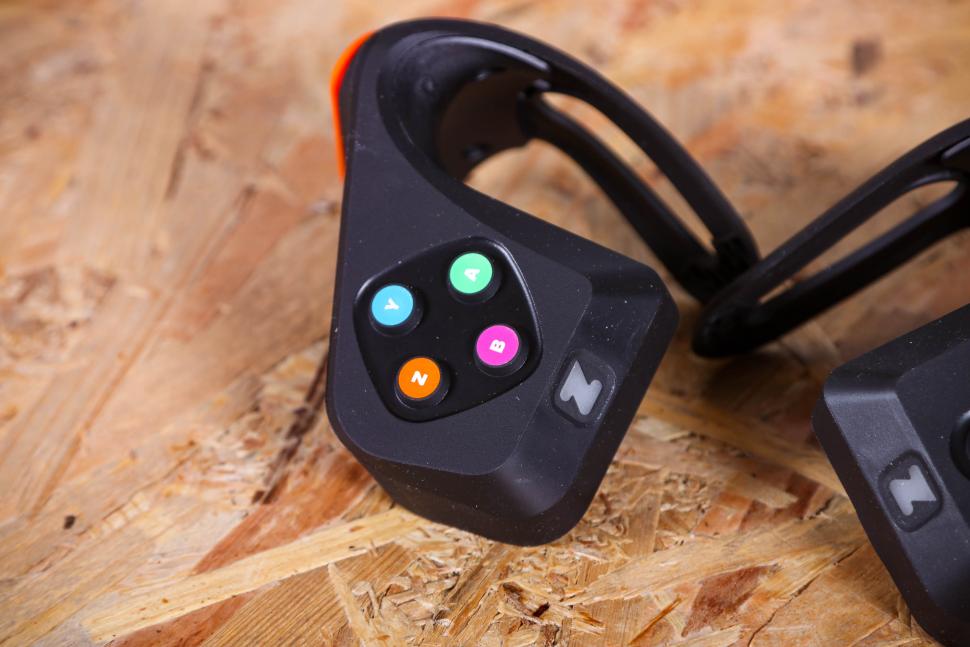














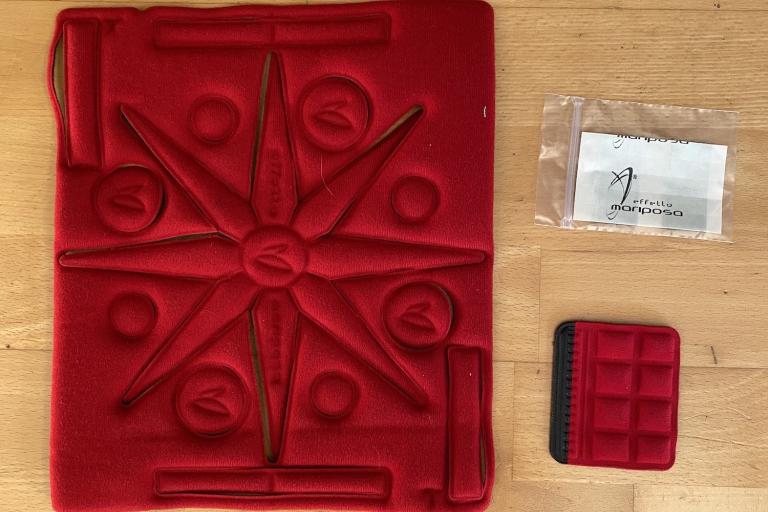
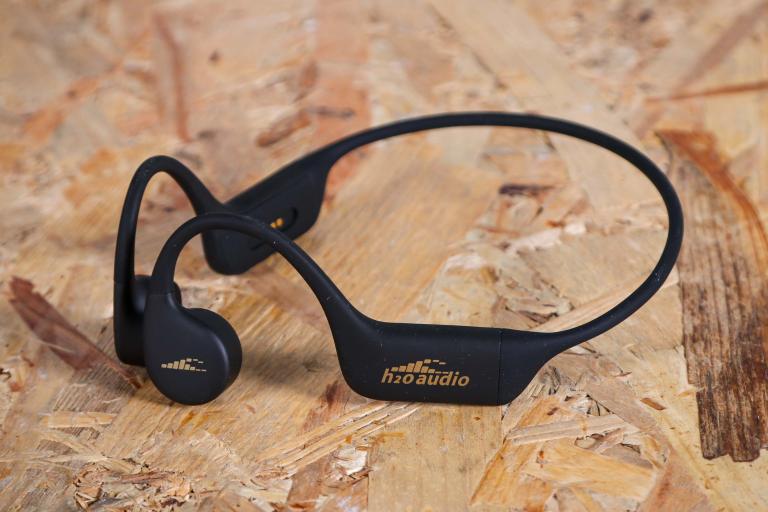
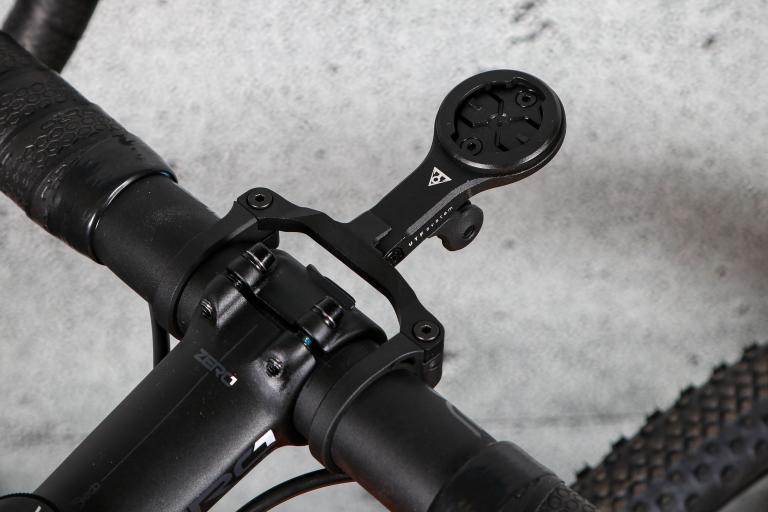
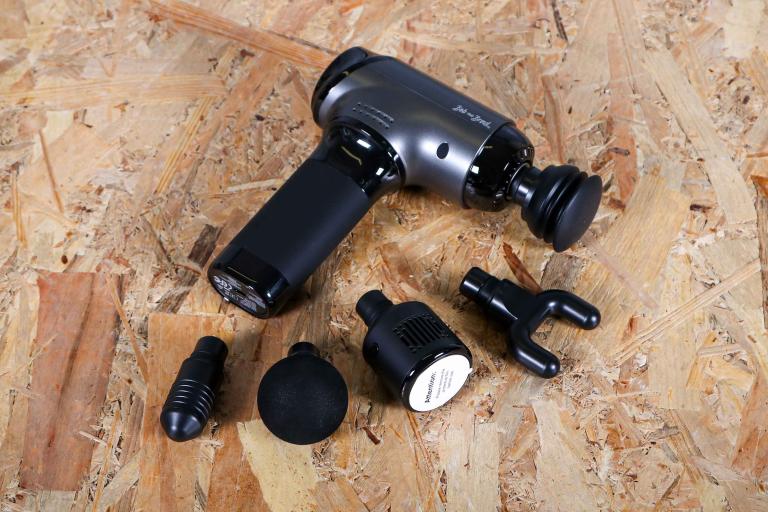
Add new comment
7 comments
A: Why in the world is this £149? It's a cheap controller with way less functionality (which means much less needed hardware) than most Playstation and XBox controllers, and still it is more than 3 times the price of the ?!?!?!? A third party XBox controller even comes in at 1/6 the price. We're talking a lot more that goes into them than 10 digital (on/off) buttons: 2 analog joysticks, 2 analog buttons, 6 extra digital buttons and a shaker.
£25 seems like a good price, but since they can't really mass produce at the same scale, let's say £40 would be fair. £149 is just insane.
B: (in case it tanks and drops to a reasonable price) Is it a general Bluetooth controller, so it can be used for things non-Zwift?
FWIW Im in general agreement however I think you are massively underestimating the economies of scale in the Console controller market compared to Zwift. I'd say closer to 60-70 is realistic for something thats essentially a small production run.
In our house we have a saying when it comes to industry pricing, simply '...because cycling innit?'
No other justification required.
I was going to buy this when it was announced, until I saw that it didn't work with the Tacx Neo Smart Bike, which is what I have. From what I can see, the only smart bike is does work with is the Wahoo Kickr Bike - which already has steering support. Doesn't work properly with Stages or Wattbike either. Or TT bars. Or bars with sprint shifters. Or Campagnolo thumb shifters. This seems like a large proportion of the potential market excluded in my opinion.
I wasn't really bothered about steering, but really did want to be able to navigate Zwift UI menus (specifically to go back to the garage and switch bikes) without getting off the bike and using the laptop keyboard. Other functions like camera view, power-ups, etc can be done via the Zwift Companion phone app. So just menu navigation, garage, HUD toggle and power/HR graph toggle is all I needed from the keyboard.
So I got a mini keypad for £30, made some vinyl decals for the keycaps for garage, HUD, graphs, escape, enter and cursors, and velcro'd it to the fan bar on the bike. Works very well and saved £100.
In case you werent aware your smart bike now has steering built in, as was promised at launch umpteen years ago. (Beta firmware required).
Ref Braking in the review - FWIW I use braking in a few scenarios - bike change (usually on Jungle circuit)- which has essentially just been invalidated by reducing the disparity between road and gravel/mtb wheels rolling resistance.
I do use braking every time at the end of the ride to hop off quicker, also occasionally use it when I've overcooked a chase and want to suck the blobs draft for a while.
Im not sure combining gear changes and braking into the same rocker button was Zwifts smartest decision ever.
I actually find braking with the Play controllers very useful in Zwift. I do a sweep role on group rides, so it is great for dropping back in a controlled fashion without coming off the power, which means that the risk of dropping to help and then getting dropped yourself is minimised. It is also very useful to moderate your speed if you're in a group ride where the ride pace is slightly less than you want to do, as you can keep pedalling but slow down to stay within the group and avoid messing with the fence and potentially being kicked off the ride.
Interesting points ref braking, I'm on the edge deciding whether to get the Play or not. I think it's also be useful if you are drafting, it's easy in a race to put in an effort to chase someone down, to find you go sailing past them as your speed is much higher, braking would be useful then too, so that you can slot straight back in on the wheel